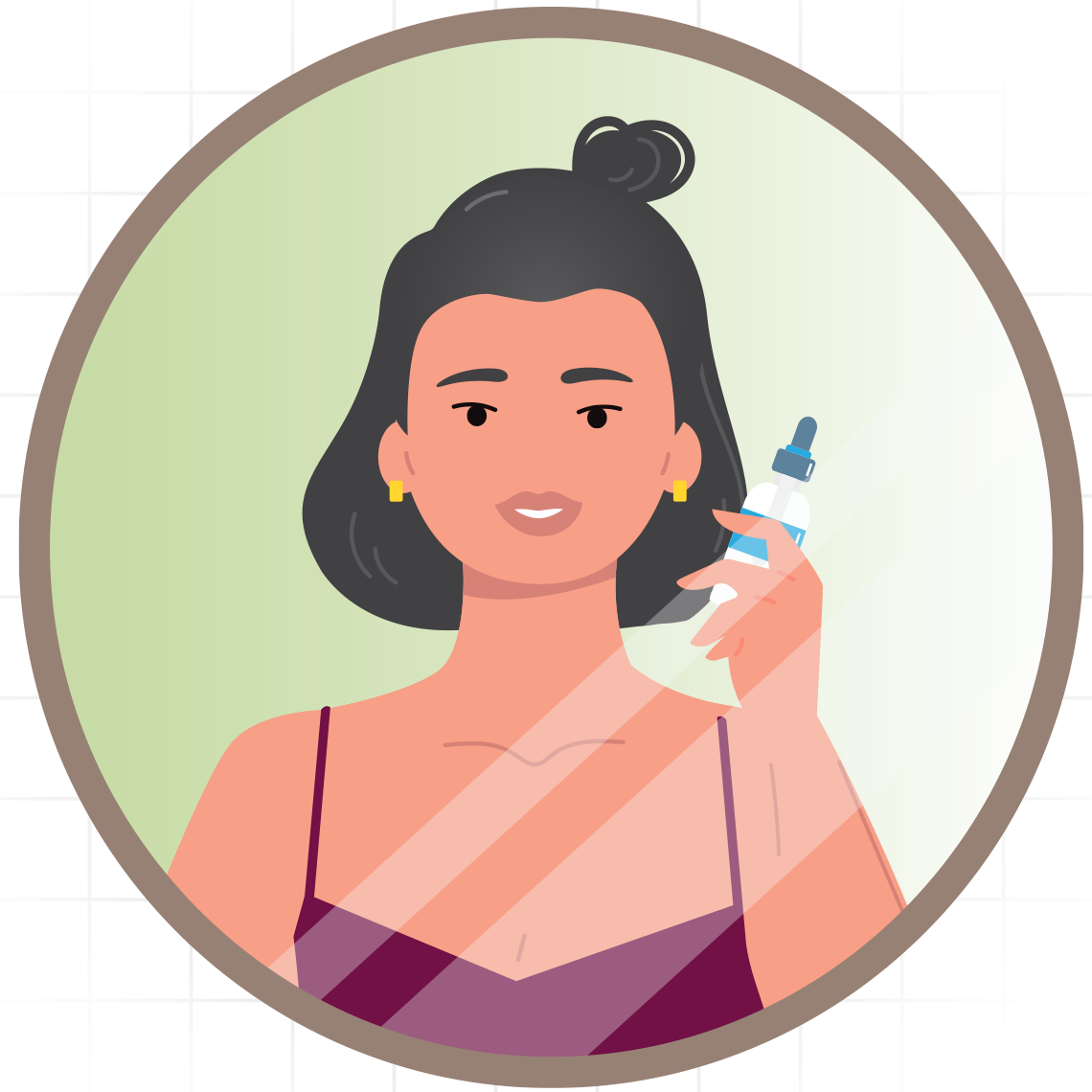AARP Hearing Center


You probably already know that using sunscreen regularly can slash your risk of skin cancer, reduce wrinkles and slow the effects of aging.
But concerns about ingredients in sunscreen can make it difficult to choose a safe product. The Environmental Working Group (EWG), a nonprofit advocacy organization, says four out of five sunscreens on the market — about 80 percent — don’t provide enough sun protection or have chemicals in the ingredients that could be harmful.
Studies also show that some sunscreens may cause damage to oceans and coral reefs. A growing number of popular beach destinations, including Hawaii, Key West and the U.S. Virgin Islands, have banned sunscreens with chemicals that are known to be toxic to marine environments.
While more research is needed to prove whether sunscreen ingredients are harmful, many Americans have questions about sunscreen safety and which sunscreens to buy.
What’s important, experts say, is not to let those concerns stop you from using sunscreen, because leaving your skin unprotected puts you at greater risk of skin cancer.
Skin cancer is the most diagnosed cancer in the United States, and about 1 in 5 Americans will develop skin cancer in their lifetime. Both melanoma and nonmelanoma skin cancers have been rising in recent decades. While melanoma accounts for only 1 percent of all skin cancers diagnosed in the U.S., it is the deadliest.
“Any sunscreen is better than none,” says Mona Gohara, M.D., an associate clinical professor of dermatology at the Yale School of Medicine and vice president of the Women’s Dermatologic Society. “We know that the sun can give you cancer. There is thus far no proven data that says sunscreens can give you cancer.”
Is sunscreen bad for you?
In 2019 the Food and Drug Administration (FDA) decided to reevaluate the safety data on sunscreen ingredients. After an extended clinical study, the agency found that some commonly used sunscreen chemicals — avobenzone, oxybenzone, octocrylene, homosalate, octisalate and octinoxate — can seep into your bloodstream. The study found that even after a single application, the chemicals remain in your body for an extended period.
But the fact that those chemicals get into your blood doesn’t necessarily mean those ingredients are harmful, says David Fivenson, M.D., an immunologist and dermatologist in Ann Arbor, Michigan.
Some laboratory-based studies indicate that chemicals in sunscreen could interfere with the normal function of the body’s hormonal system, affect infant development or cause other issues, like allergic reactions and skin irritation.
But Fivenson says, “There has never been good, practical evidence of harm in a realistic study of people.”
If there’s one ingredient to avoid, it’s probably oxybenzone, says Tasneem Mohammad, M.D., senior staff physician in the department of dermatology at the Henry Ford Health System in Detroit. “In a lot of areas of the world, like Europe, it’s not really used anymore,” Mohammad says.





































































More From AARP
How Much Do You Know About Staying Safe in the Summer Heat?
See how prepared you are for warmer weather
How to Choose a Better Facial Moisturizer
Determine the results you want before picking a product
7 Bad Health Habits and How to Break Them
Usher out your old ways and welcome in some new, healthier routines